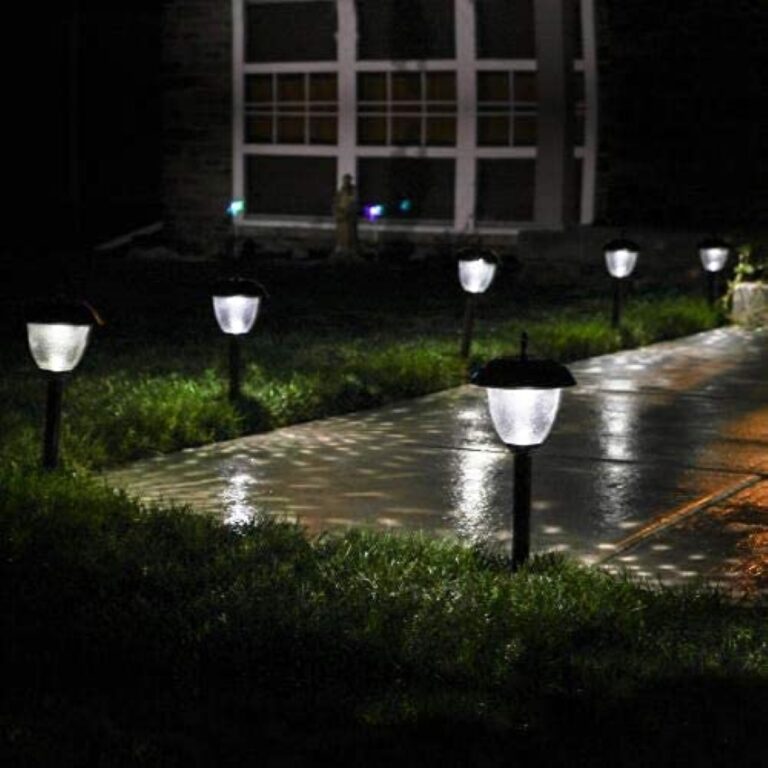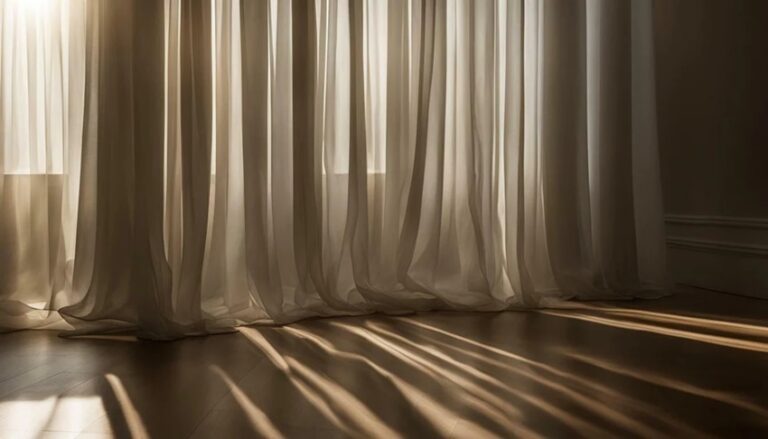Having the right decor in every room can be a real challenge, even though it may seem like the simplest thing in the world. Your decor can be anything from wall art, to French antique items, but have you considered actually getting a sculpture?
Many people are sceptical because a sculpture seems somehow overwhelming, but in reality, it doesn’t have to be. In fact, a sculpture doesn’t have to be a huge piece. It can be a small one and can fit even a small apartment and turn it into an artistic place. And you don’t even have to know the art to buy one. You can get your intuition to guide you and purchase a piece that speaks to you.
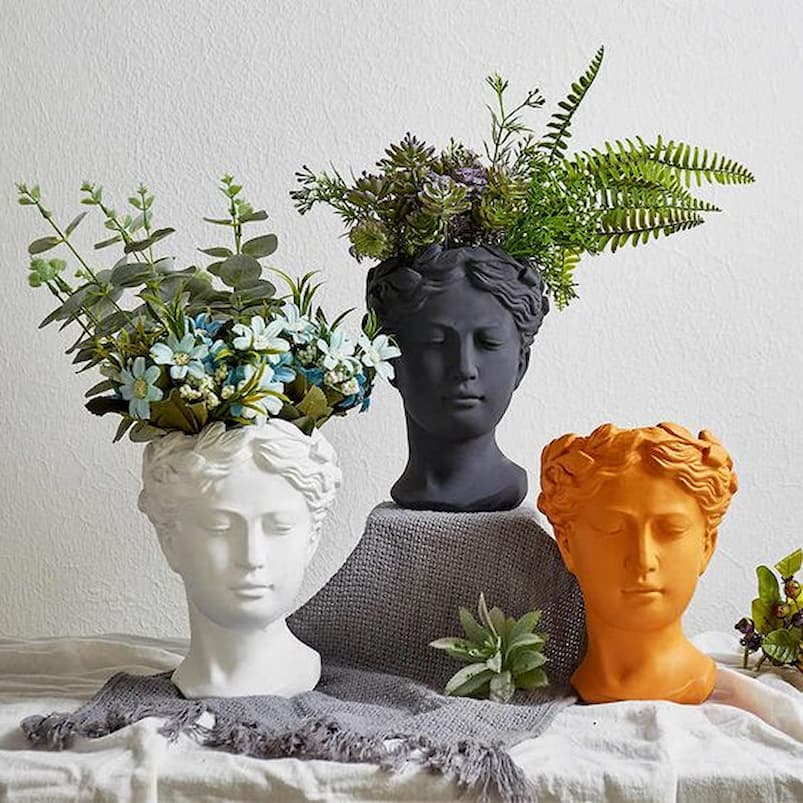
However, there are certain things you should consider before buying your first sculpture decor. Where you’ll place it, what it will mean to you, how large this sculpture will be, colour and tone. Let’s check these things out.
Choose Sculptures According to the Room
When choosing your sculpture, make sure it’s in tune with your space. For instance, you can’t place a huge sculpture in a small room, just as a too-small sculpture will get ‘lost’ in a large space. Before getting your sculpture decor, measure the walls.
What’s important is what the room looks like. If it’s a modern interior, you should go for abstract sculptures. Statuettes made of bronze or steel will work perfectly for modern homes. Keep it simple and get something minimalistic. Also, finding the right placement is important with modern interiors. The sculpture shouldn’t be in a crowded place; instead, put it in a place where it can work as a focal point.
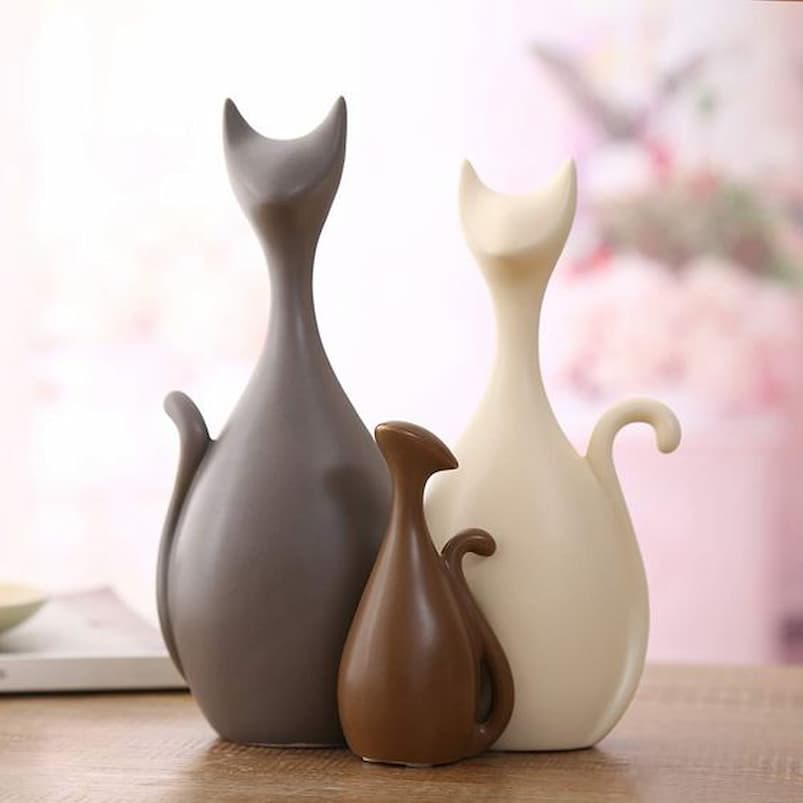
Also, the purpose of the room will dictate the type of sculpture. For instance, if it’s the living room, you can go for something grandiose and that steals the attention and is a great conversation starter. On the other hand, smaller sculptures will do well in a study or a bedroom, for example. Bronze and other metals are excellent for the living room or the study while marble or clay will work better in the bedroom or the kitchen.
Consider the Size
Size matters when it comes to sculptures. The size of the room will determine the size of the sculpture. However, this isn’t a rule set in stone. You can still get a larger sculpture for a smaller room if it is placed in a corner or in a place where it won’t interact with the space where you move.
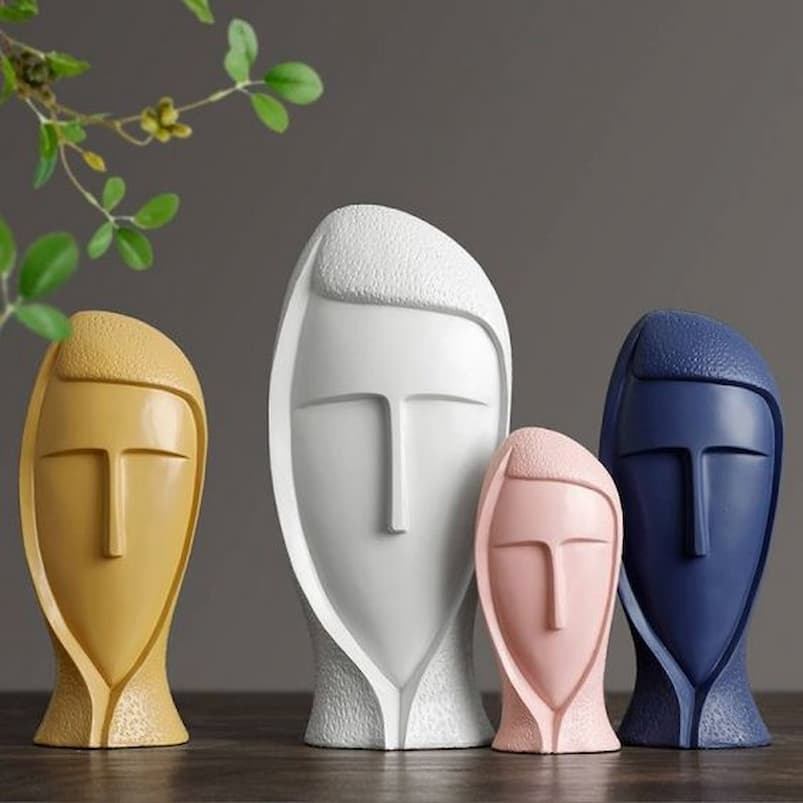
Smaller sculptures can look great in large rooms as well; you can get more small sculptures and create an actual installation. No matter the size of the sculpture home decor, it should have enough space to express itself and break the monotony of the room.
Tone and Colour
Although the main purpose of the sculpture is to gain attention, the last thing you want is to interrupt the tone of the surroundings. the tone can go from age to subject to style, so if you have a modern room, older pieces may look as if they don’t belong in there. If the sculpture has a very ‘loud’ colour, it could dominate a simple or a more traditional looking room and make things look outdated and boring.
The key is balance; the sculpture should stand out without disrupting the room’s balance. When it comes to colour, people often choose sculptures to blend in with the colours palette of their room. This way the art piece won’t get noticed at all. It should stand out, so even if the colours are calm, make sure to put it on a pedestal with a contrasting tone. Or you can place it near complementary colours (cream and copper for example).
Lighting and Positioning
This is very important as well. Where you’ll put the sculpture is crucial; ideally, it shouldn’t come in the way of your daily life. It should get a central position or at a turning point such as a projecting corner where the hall turns into an angle. This way the sculpture will be visible at all angles but without obstructing the traffic in the room. If you have a smaller item, you can place it on a mantlepiece, or shelves, but make sure it’s close to the eye level.
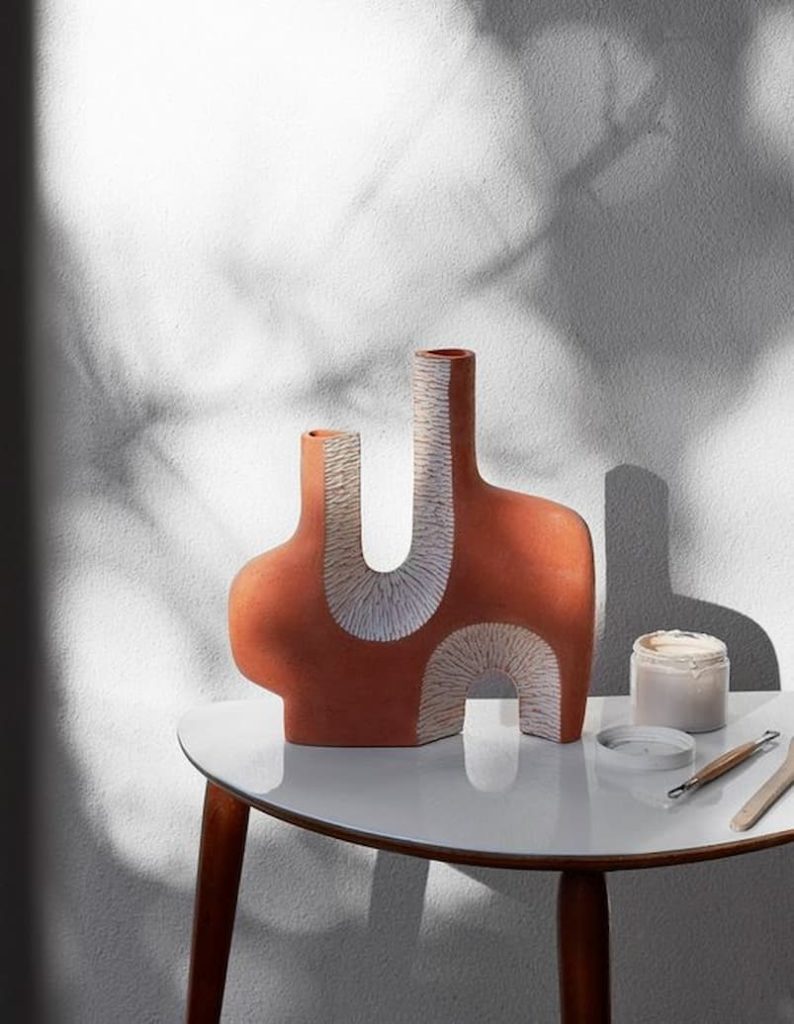
If the colour of the sculpture has a particular contrast to the other colours in the room, you can place it in a corner or on the floor. But make sure it gets enough light. The lighting is crucial; if the place you’ll put the sculpture has no windows, you can easily get enough light from fixtures like downlights or wall sconces. You can also add strip lights just to emphasize the sculpture’s beauty and shape. You can add these lights in the back, but this may look unnatural and too much for some settings.






